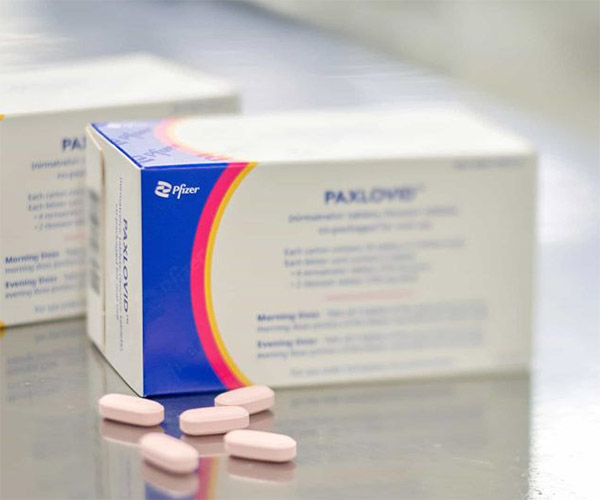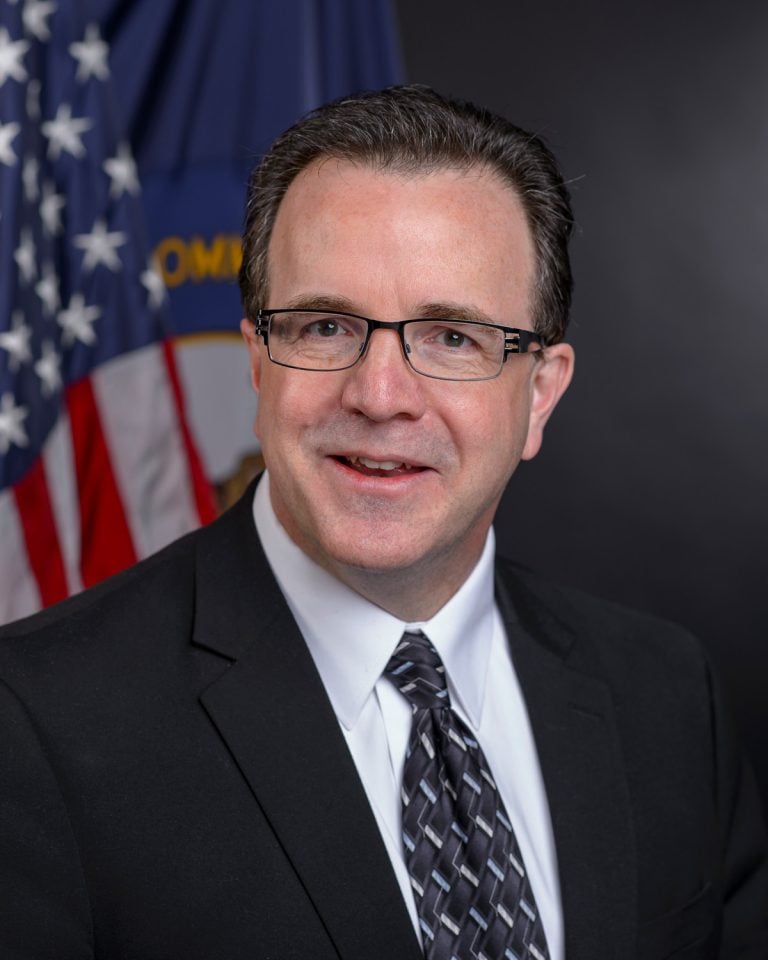By Dr. Nicholas Van Sickels
University of Kentucky
A safe and effective medication designed to prevent mild-to-moderate COVID-19 infections from becoming more dangerous has been available for almost two years. But recent studies have shown many patients eligible for the drug – Paxlovid – haven’t been prescribed it.
In a clinical trial, the orally taken medication reduced the risk of hospitalization and death by 86%. Paxlovid was fully approved by the Food and Drug Administration in May 2023 but has been available through an emergency use authorization since 2022.
A pre-print study of over a million COVID-19 patients found that less than 10% of eligible patients were prescribed Paxlovid, also known as nirmatrelvir-ritonavir. The reasons behind the treatment’s slow uptake could include confusion over who’s eligible or even unfamiliarity with the drug.
How does it work?

The antiviral drug works to stop the replication of the virus which causes COVID-19 at the cellular level. It comes as a dose pack; two of the pills are the active medicine, nirmatrelvir, and one is a “booster” medicine, ritonavir, which helps the nirmatrelvir maintain effective levels in the bloodstream.
Paxlovid is most effective when taken within five days of developing symptoms.
Who’s eligible?
The treatment is designed for high-risk patients who have a mild or moderate case of COVID-19 but hope to avoid more severe consequences. You might be considered high-risk if you’re:
• Over 50
• Not up to date on COVID vaccinations
• Immunocompromised
• Pregnant
• Or have any other medical conditions like diabetes, hypertension or asthma
A full list of medical conditions that may leave you at high-risk for a severe case of COVID-19 are listed on the CDC’s website.
When should I ask my doctor about Paxlovid?
If you are at high-risk for complications from COVID-19, it’s best not to wait before asking your doctor about Paxlovid. The treatment should be taken within five days of the onset of symptoms.
A study from the University of Hong Kong, which analyzed data from over 87,000 patients who took nirmatrelvir-ritonavir, found that earlier treatment even within that five-day window, leads to better outcomes.
The treatment will be free for Medicare or Medicaid beneficiaries through the end of 2024 via the U.S. government’s Patient Assistance Program. Those with private insurance can enroll in the
Paxcess program to help lower out-of-pocket costs.
When you ask your healthcare provider about Paxlovid, make sure to update them on all other medications you are taking. While most medications are generally safe to take with Paxlovid, there are some which need dose adjustments or should be held during and for a short while after treatment. On very rare occasions, treatments other than Paxlovid are needed for people at high-risk for complications from COVID-19 who take certain medications.
How can I best protect myself from COVID-19?
Improvements in how COVID-19 is prevented and treated have led to a relative relaxation in guidance on how to avoid the virus. In early March, the CDC began to group its COVID-19 guidelines with other diseases caused by respiratory viruses such as flu and respiratory syncytial virus (RSV).
The basic guidelines around avoiding respiratory viruses include:
• Staying up to date on your immunizations
• Practicing good hygiene like proper handwashing or covering coughs
• Access cleaner air by opening windows or gathering outdoors
If you get sick with a respiratory virus, it’s best to stay home and away from others.
Dr. Nicholas Van Sickels, M.D., is the director of infection prevention and control at University of Kentucky HealthCare.

















